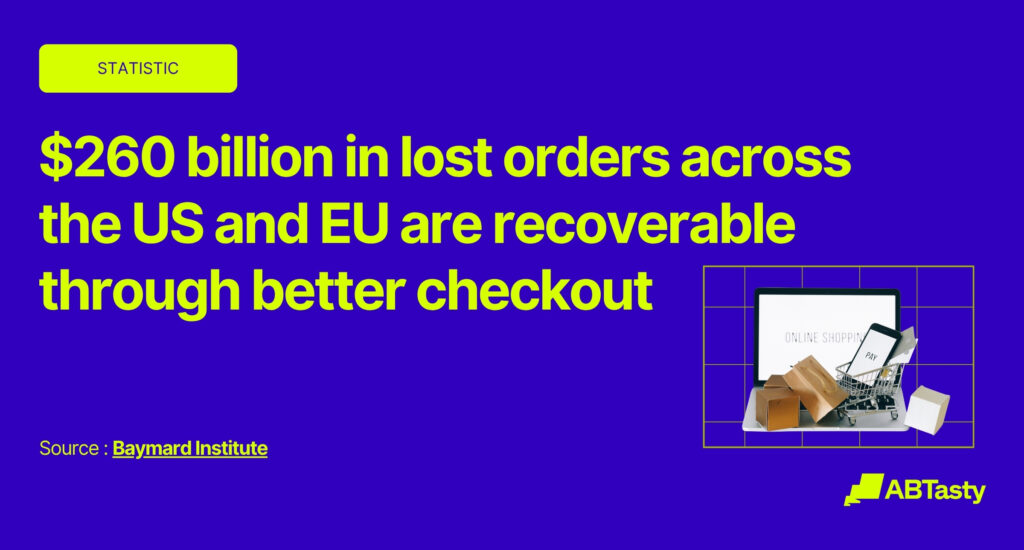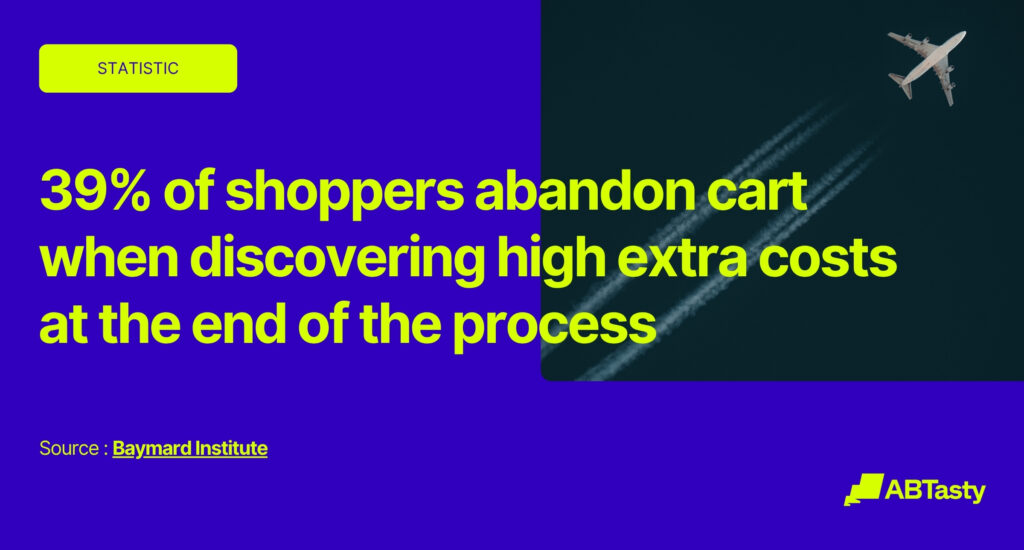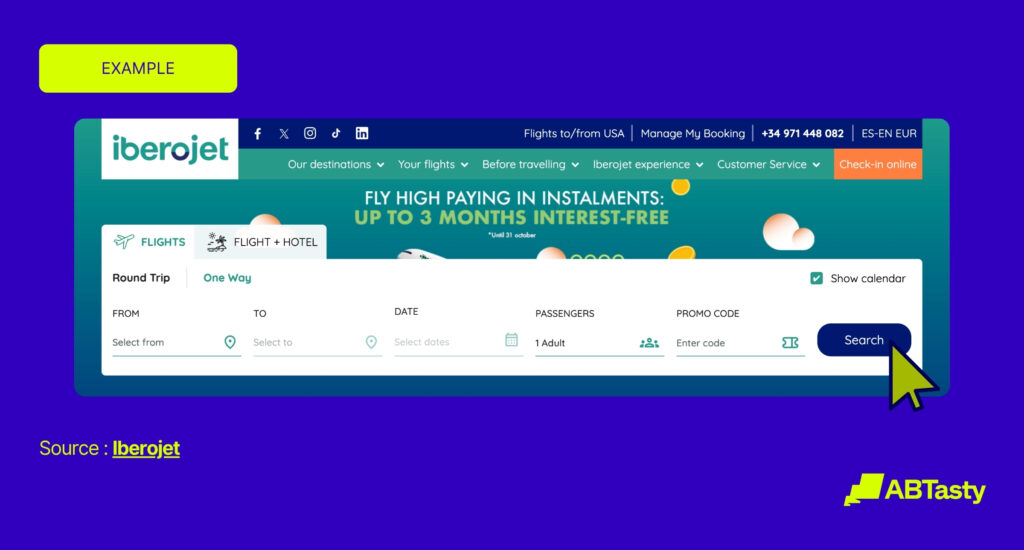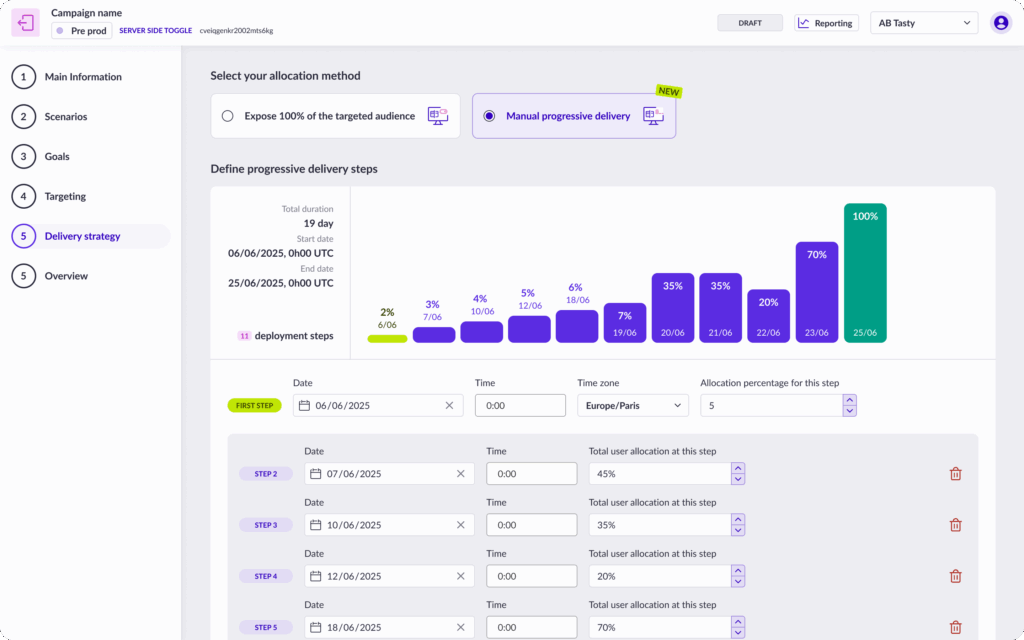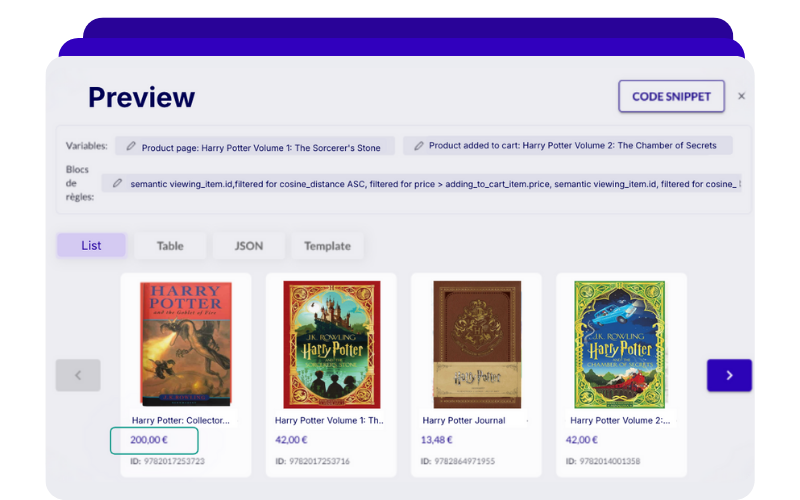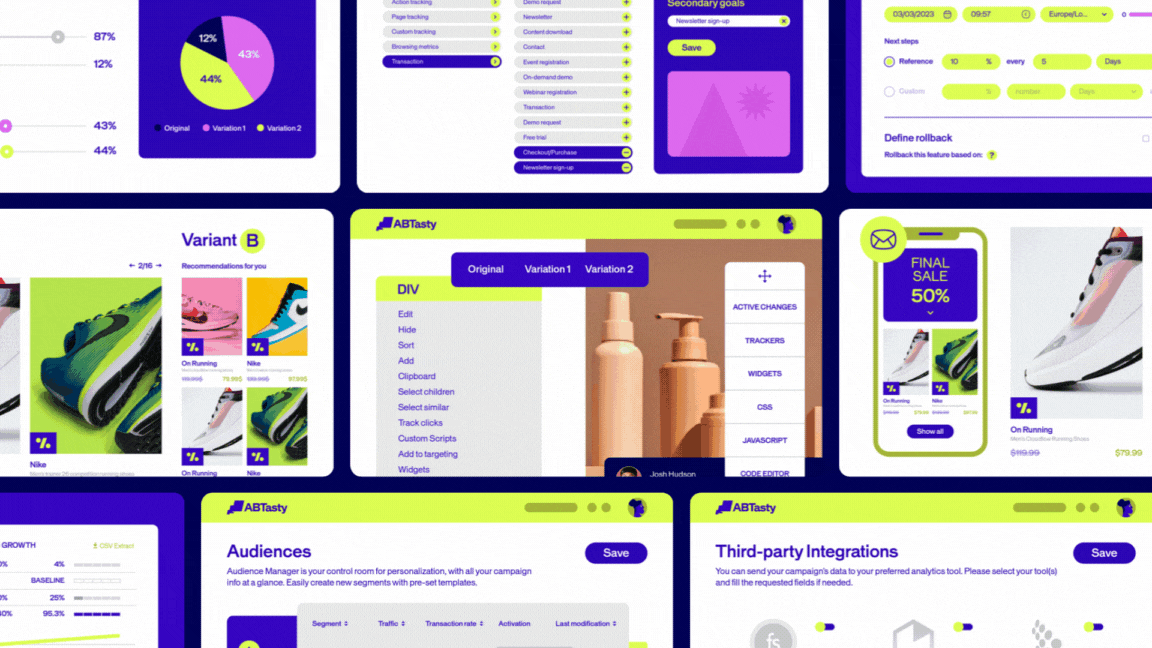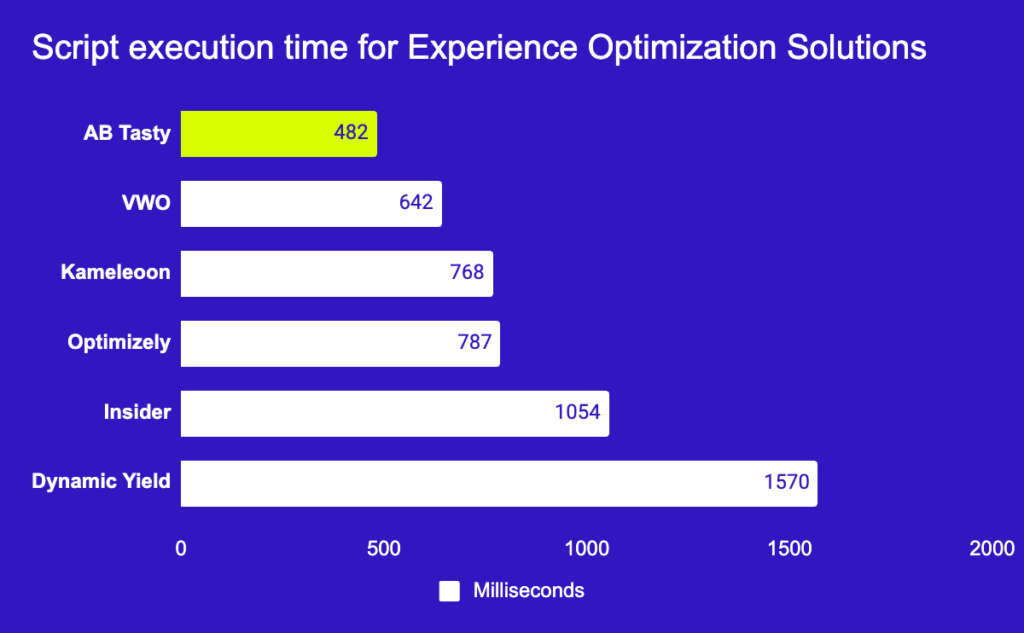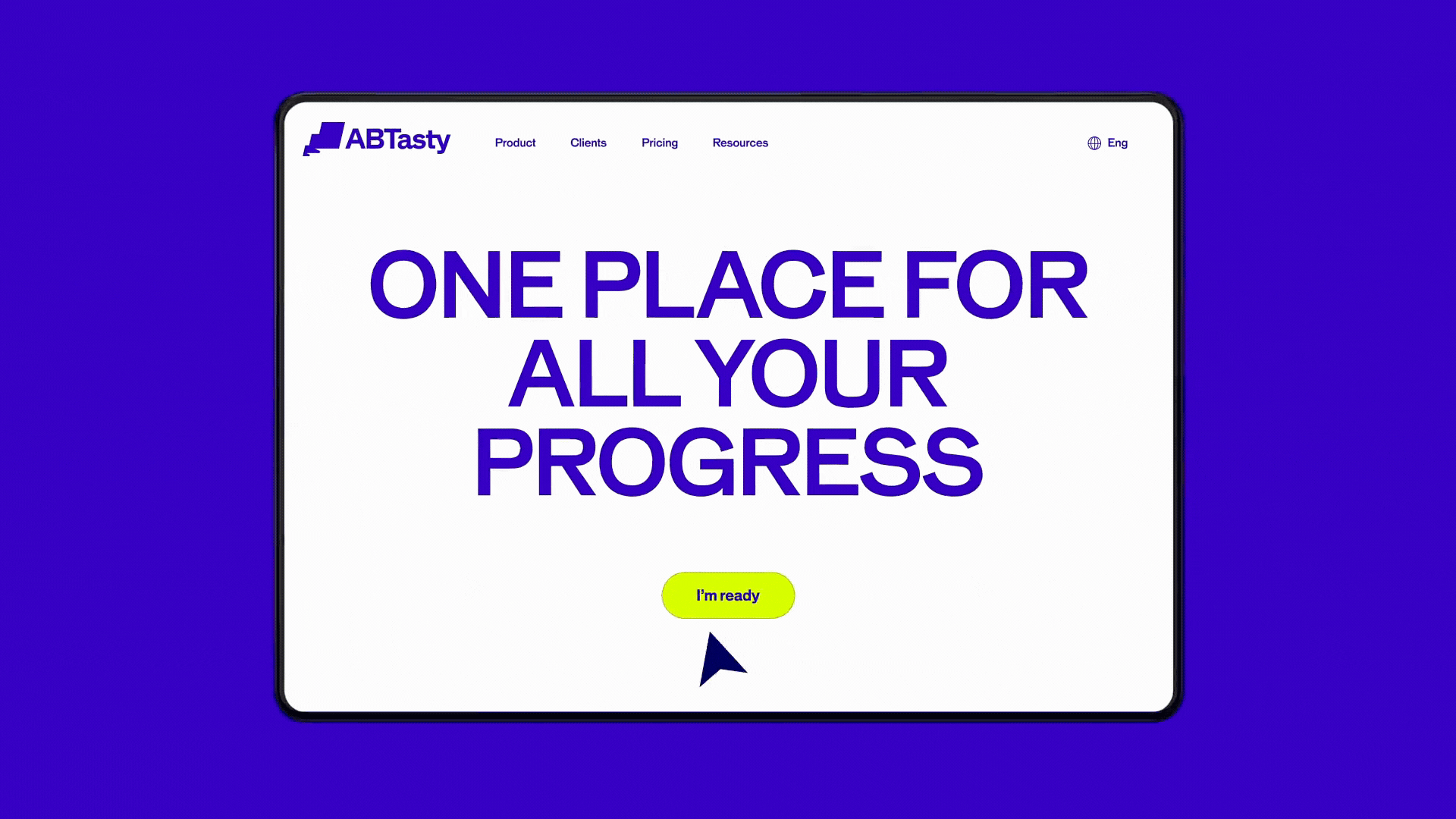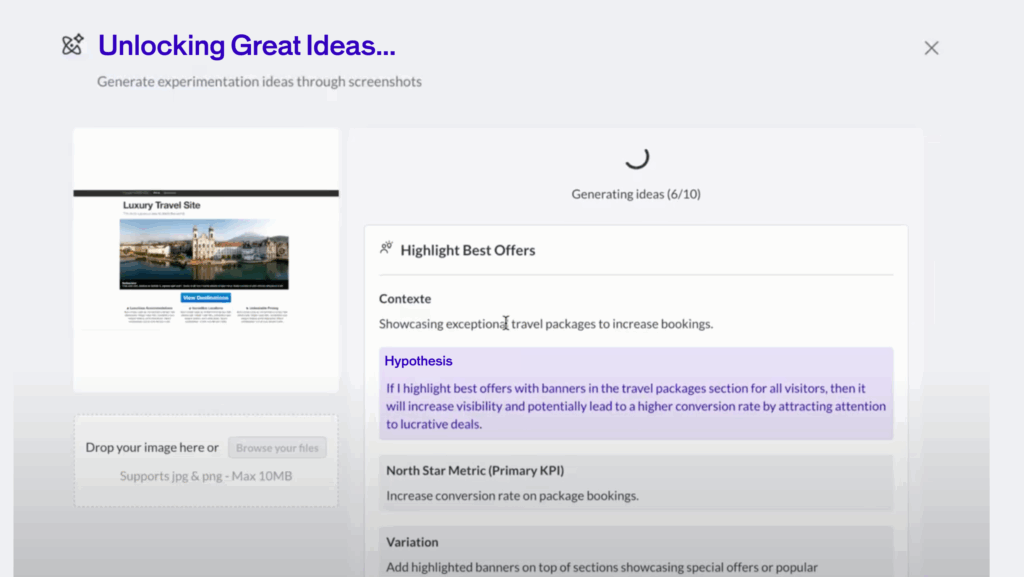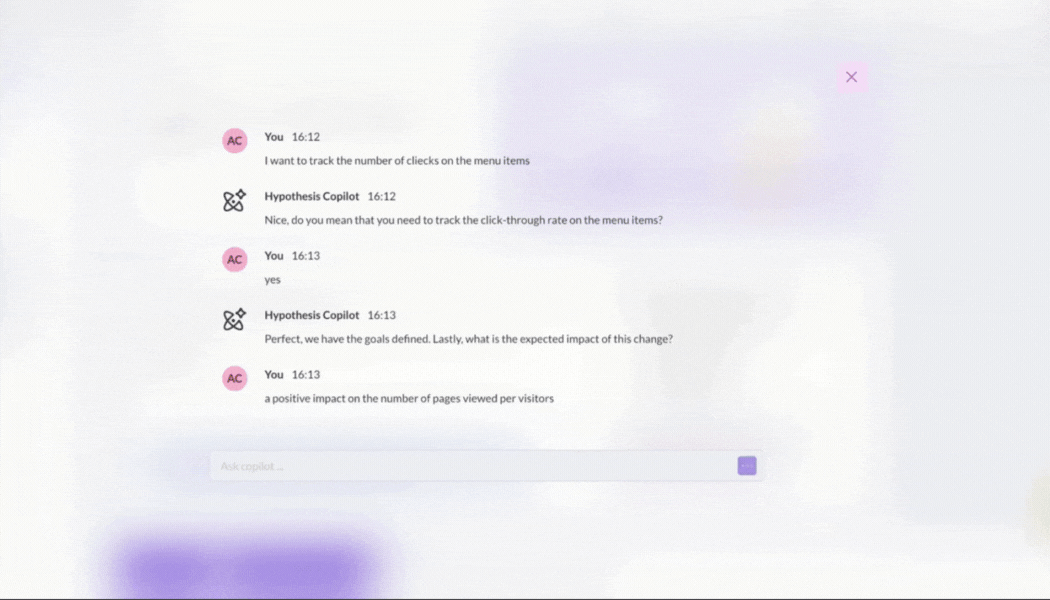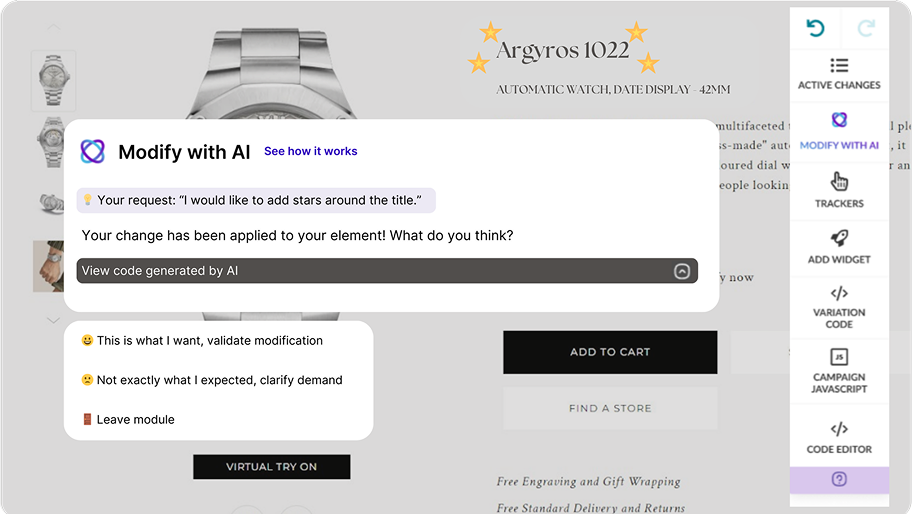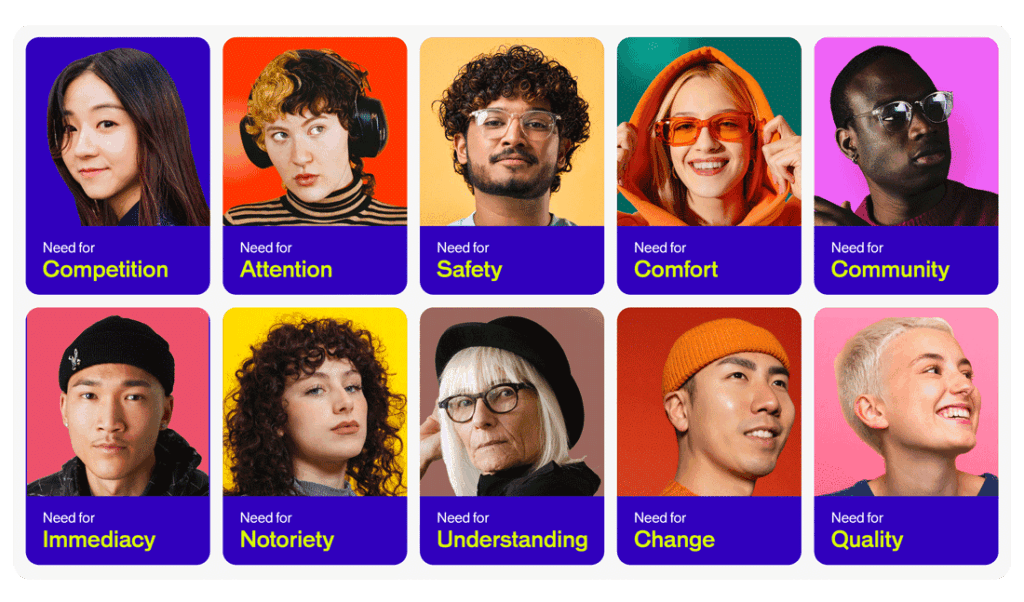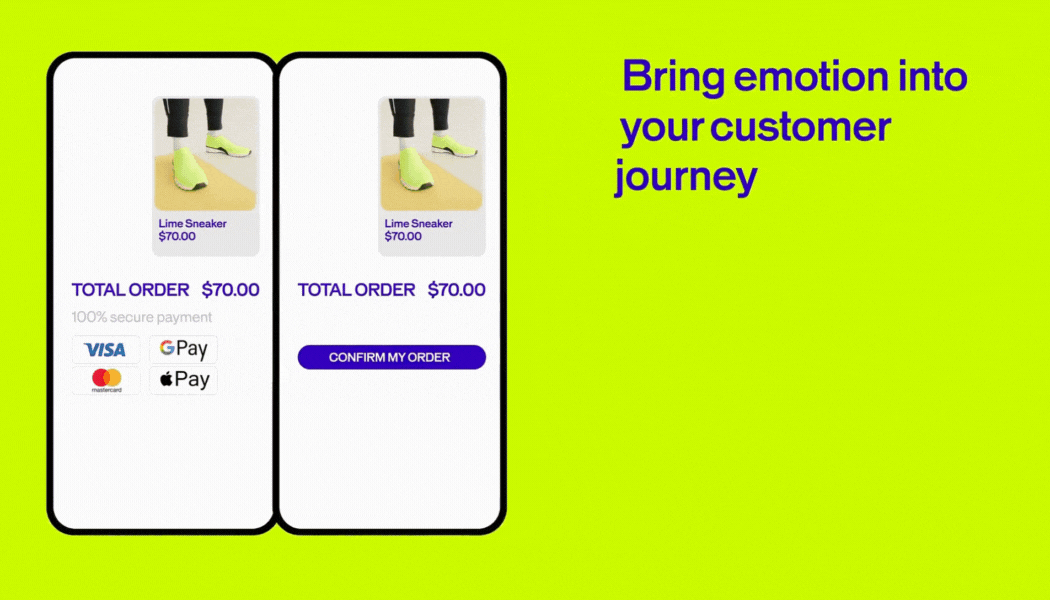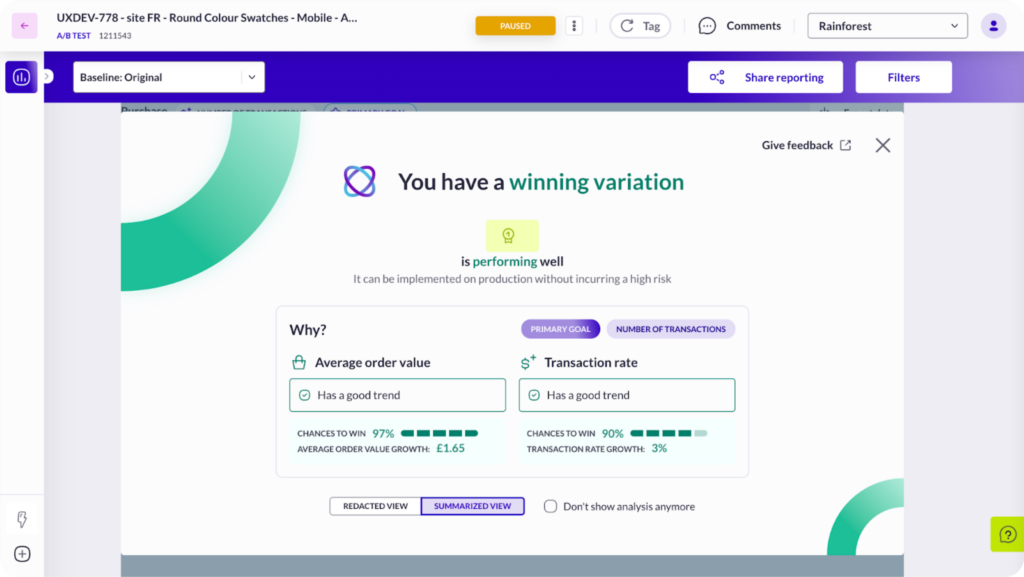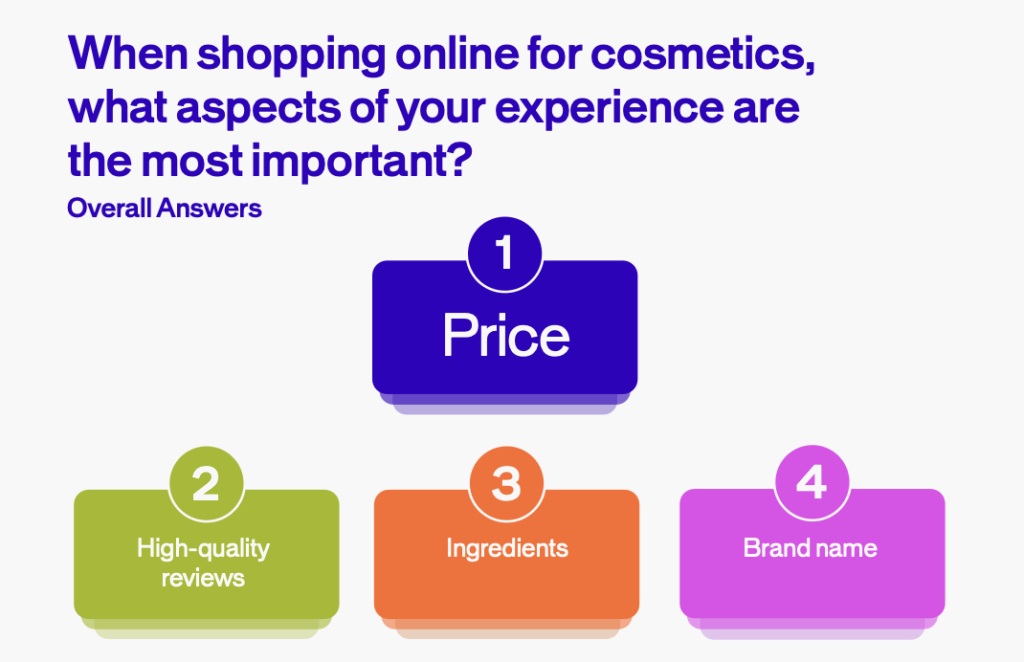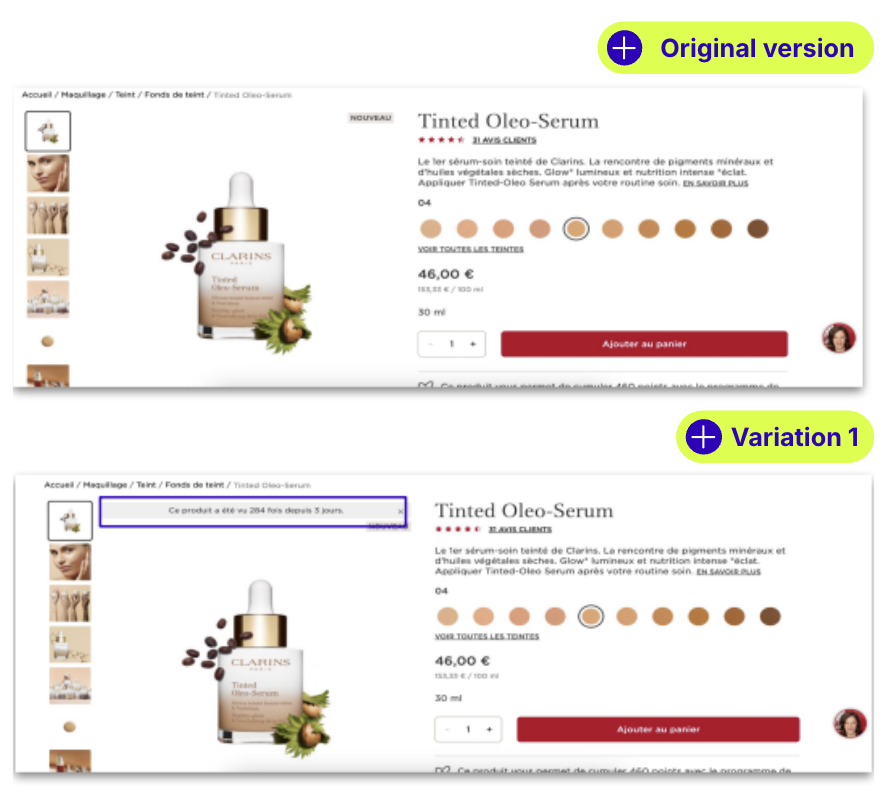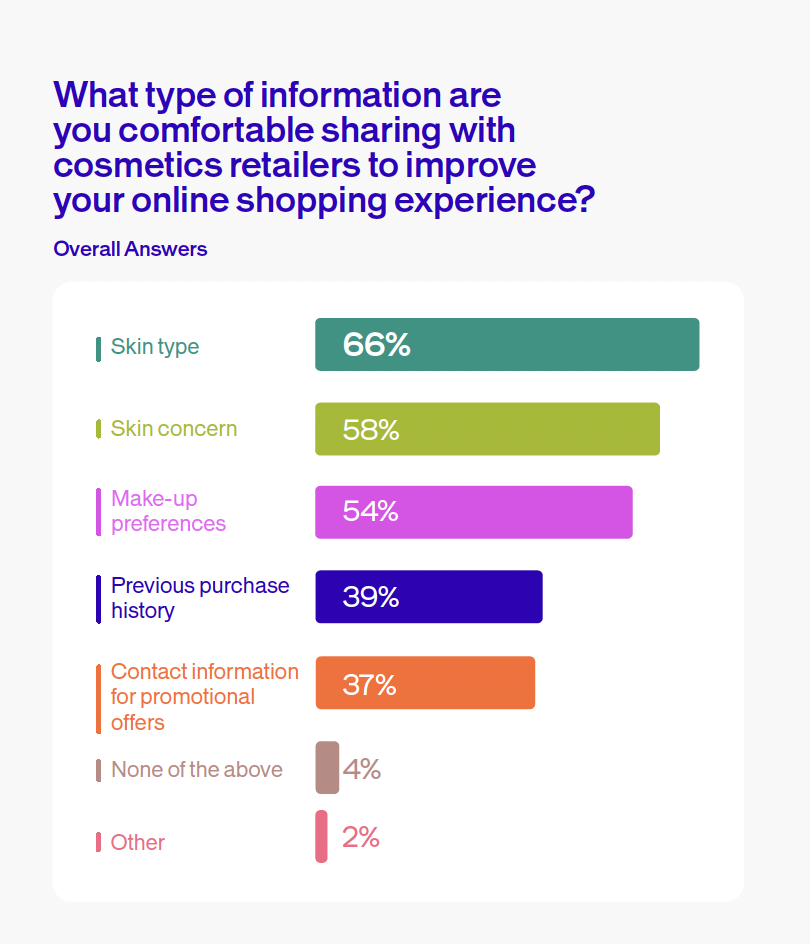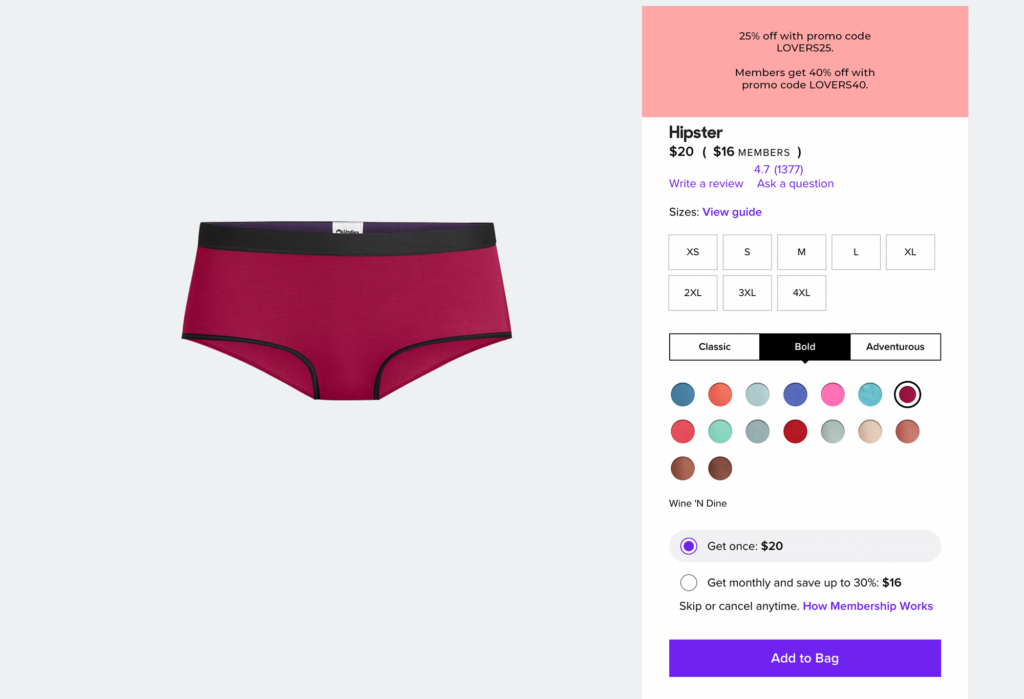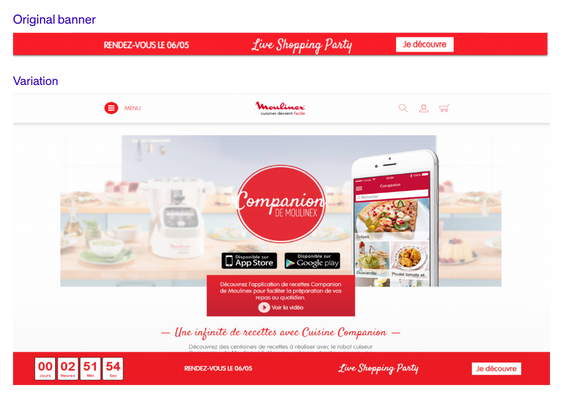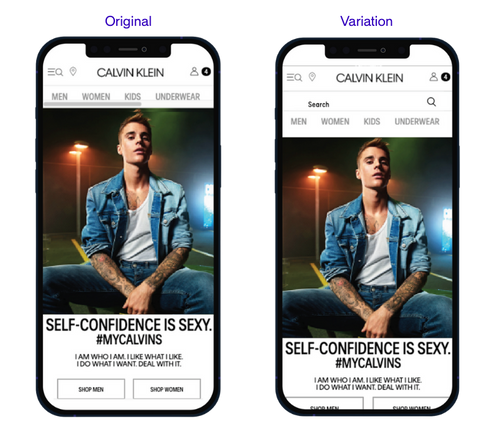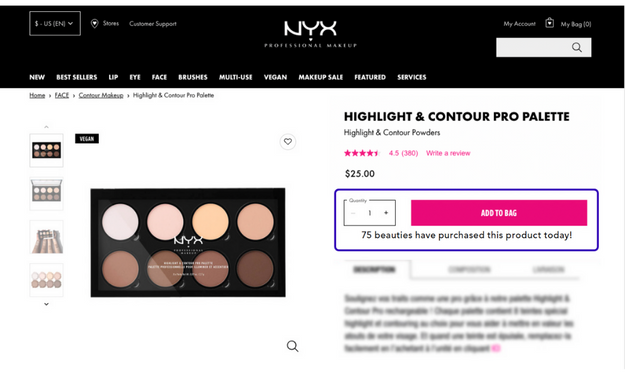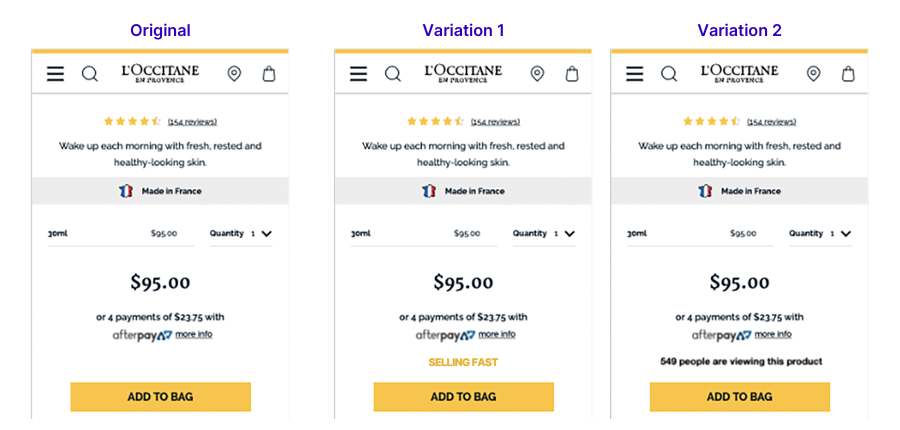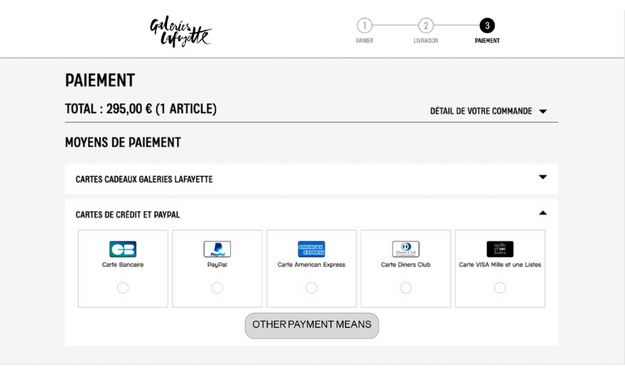Let’s be honest: proving ROI in digital experimentation has often felt like trying to solve a Rubik’s Cube, blindfolded.
For years, teams have been stuck in the same old debate: “This test boosted conversion rate, but AOV dropped!” or “AOV is up, but conversions are down!” Which is better? Who’s right? And most importantly, how do you convince your CFO that your work is actually making money?
The Problem: Conflicting Metrics and Stalled Decisions
Picture a scenario familiar to many: one campaign variation boosts conversion rate but lowers AOV, while another does the opposite. Which is the real winner? Without a unifying metric, teams get stuck in endless debates, unable to confidently declare a result or justify next steps. As a result, a significant share of tests end up in limbo, and existing ROI dashboards suffer from low trust and adoption.
In fact, last year, 8% of A/B test campaigns with a transaction goal ended up in the dreaded “no decision” zone.
The Solution: RevenueIQ
Now, imagine a world where you don’t have to choose between conversion rate and AOV. Where you don’t have to explain why one number went up while the other went down. Where you can walk into any meeting and say, “Here’s a monthly revenue projection of exactly how much revenue this campaign is generating.”
That’s the world RevenueIQ is building.
RevenueIQ is AB Tasty’s new, patented metric—a result of years of R&D and statistical expertise. It takes all the messy, contradictory data and boils it down to one simple, business-focused number: monthly revenue projection. No more “unclear winners.” No more “conversion vs. AOV” dilemmas; just a clear, actionable view of financial impact.
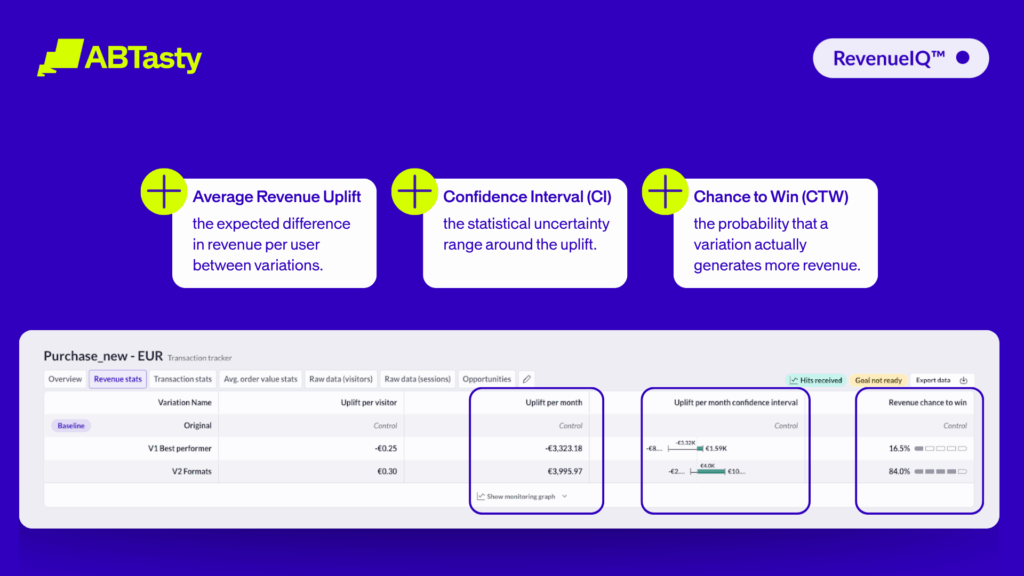
Key Benefits of RevenueIQ:
- Always a Clear Revenue View: RevenueIQ provides a direct view of revenue per visitor and per month, making it easy to see the financial impact of every campaign.
- Eliminates “Unclear Winners”: Even in complex scenarios, RevenueIQ provides a definitive view of which variation delivers the most revenue. This means no more inconclusive campaigns and a significant reduction in “undecidable” tests.
- Delivers faster results: Combining the two key metrics into a single revenue metric gives actionable insights more quickly than analyzing them separately
- ROI Projections Before Going Live: Teams can now project the revenue impact of a campaign before full rollout, complete with confidence intervals for best- and worst-case scenarios. This transparency helps avoid surprises and supports more strategic decision-making.
- Strong Differentiation: RevenueIQ is powered by a unique, patented Bayesian engine, ensuring robust, trustworthy results. It’s not just another metric—it’s the business truth.
Revenue IQ is able to give a confidence interval around the revenue prediction, allowing for better business decisions. With a clear best-case and worst-case scenario, business decisions are easier than just having one number without knowing its accuracy.
The best thing? No competitor currently offers an equivalent.
How RevenueIQ Works
RevenueIQ is deeply integrated into the AB Tasty platform. When a campaign runs, users see not just conversion rates or AOV, but a clear revenue uplift per visitor and per month. The system visually identifies the winning variation, quantifies the potential monthly revenue gain, and provides confidence intervals to show the range of possible outcomes.
For example, if a variation is projected to generate an additional €4,000 per month, RevenueIQ will also display the probability of this outcome and the range (e.g., €2,700–€6,000). This approach is both rigorous and transparent, helping teams make decisions with confidence.
The Impact: Confidence, Adoption, and Differentiation
With RevenueIQ, AB Tasty is setting a new standard for ROI proof in digital experimentation. The result is a simple, credible, and actionable narrative for QBRs and renewal discussions—one that restores confidence, drives adoption, and differentiates AB Tasty in a crowded market.
Revenue IQ lowers the risk of making business mistakes by focusing on revenue.
For teams tired of inconclusive debates and complex metrics, RevenueIQ offers a new way forward: clear, credible, and actionable proof of business impact.
FAQs about RevenueIQ
What is RevenueIQ?
RevenueIQ is a proprietary, patented metric developed by AB Tasty that provides a clear, unified view of how much revenue your digital experiments generate—expressed as revenue per visitor, per month.
How trustworthy are RevenueIQ’s numbers?
RevenueIQ is powered by a patented Bayesian engine, ensuring robust, transparent, and reliable calculations. All projections include confidence intervals, so you always see the full picture.
How does RevenueIQ handle complex or ambiguous test results?
RevenueIQ always provides a clear winner based on revenue impact, even in cases where traditional metrics are inconclusive (due to their lack of integration). This means fewer “stuck” campaigns and more decisive action.
How is RevenueIQ different from what competitors offer?
No competitor currently offers a metric like RevenueIQ. While others may provide “all-purpose” statistics for each individual metric, only RevenueIQ gives you a patented, unified view of revenue per visitor, per month—making it a true differentiator.







